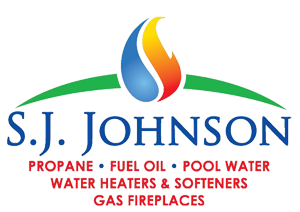
Mold Can Grow in Many Areas of your home.
Though not always dangerous, mold can, in certain instances, cause serious illness.
Experts estimate that there are tens of thousands of different types of mold in the world. A type of fungi, molds are single-celled or multicellular organisms without chlorophyll that reproduce by spores and live by absorbing nutrients from organic matter. Fungi can be classified as molds, mushrooms, rusts, mildews and yeasts. Some of the common types of molds found indoors include cladosporium, alternaria, penicillium, and aspergillus.
The Centers for Disease Control and Prevention states that molds can be a health hazard to some people. Some individuals are more sensitive to molds than others, and may experience anything from a mild allergic reaction to severe symptoms, such as trouble breathing or other complications with their lungs.
Mold spores travel very easily through the air and can also travel on people and pets. Coming in contact with mold in one location and then traveling to another can cause spores that hitched a ride to dislodge in the new area. People who may have never had mold problems at home before can find that mold quickly takes root if mold spores have been accidentally brought into a home.
In addition to moist areas, molds flourish in other conditions as well.
- Food source: Molds are not picky eaters and can feed on various materials, including wood, fabric, wallpaper, and drywall.
- Air: Although mold needs oxygen to grow, mold fares best in areas that are poorly ventilated.
- Warmth: Mold can grow in temperatures between 40 and 110 F. Therefore, unless it’s below freezing outdoors, there’s a good chance mold spores are thriving.
Mold’s versatility to live in a variety of areas and feed on just about anything make it a formidable foe. But there are natural ways to tackle it.
Mold thrives in moist conditions, so removing the source of moisture is the primary way to control mold growth. Invest in a dehumidifier if your home is plagued by moisture. Dehumidifiers are especially useful in basements and crawlspaces where moisture tends to be a problem.
It’s also good to avoid using bleach to address a mold problem. Although bleach is an excellent disinfectant, it is not always successful in killing mold spores. The most it may do is whiten areas where the mold is growing. Plus, bleach has its own strong aroma and can be noxious to breathe in at high doses.
Instead of bleach, consider all-natural methods of controlling mold. Straight vinegar reportedly kills 82 percent of mold. Using it in a spray bottle on mold can help to kill it and keep it at bay. Tea tree oil and grapefruit seed extract are also very effective at eliminating mold. Unlike other methods of mold removal, grapefruit seed extract does not have an odor.
Keeping a home ventilated is another way to fight mold. Mold prefers somewhat stagnant conditions, so allowing fresh air into the house can make it harder for mold to thrive. In bathrooms and kitchens, use exhaust fans or open windows to reduce the humidity and moisture left behind.
Mold can be an irritant to people who are sensitive to the spores, but in many cases, mold is more of an eyesore and a nuisance than something a homeowner needs to worry about. Using some smart strategies to reduce its growth can keep mold under control.
copyright: Article Licensed to adPRO (no reproductions without expressed written approval from adPRO)



